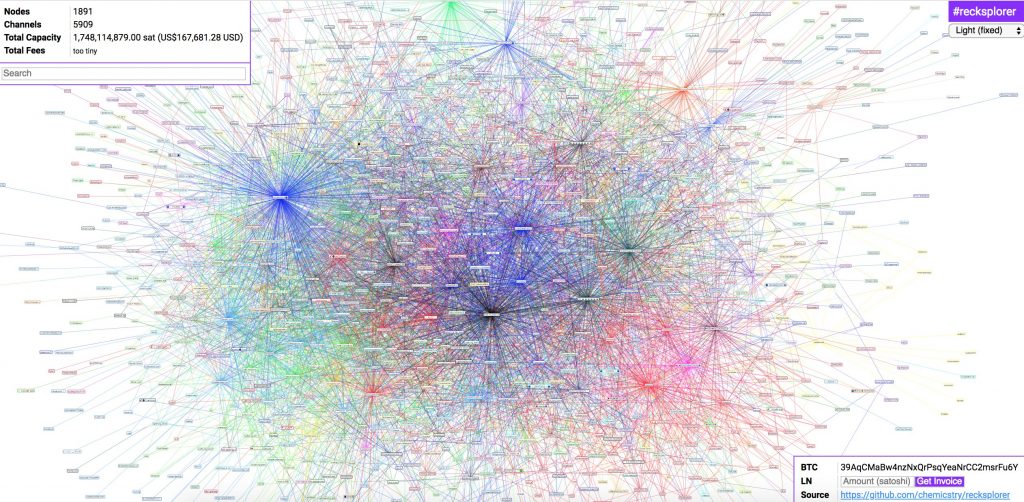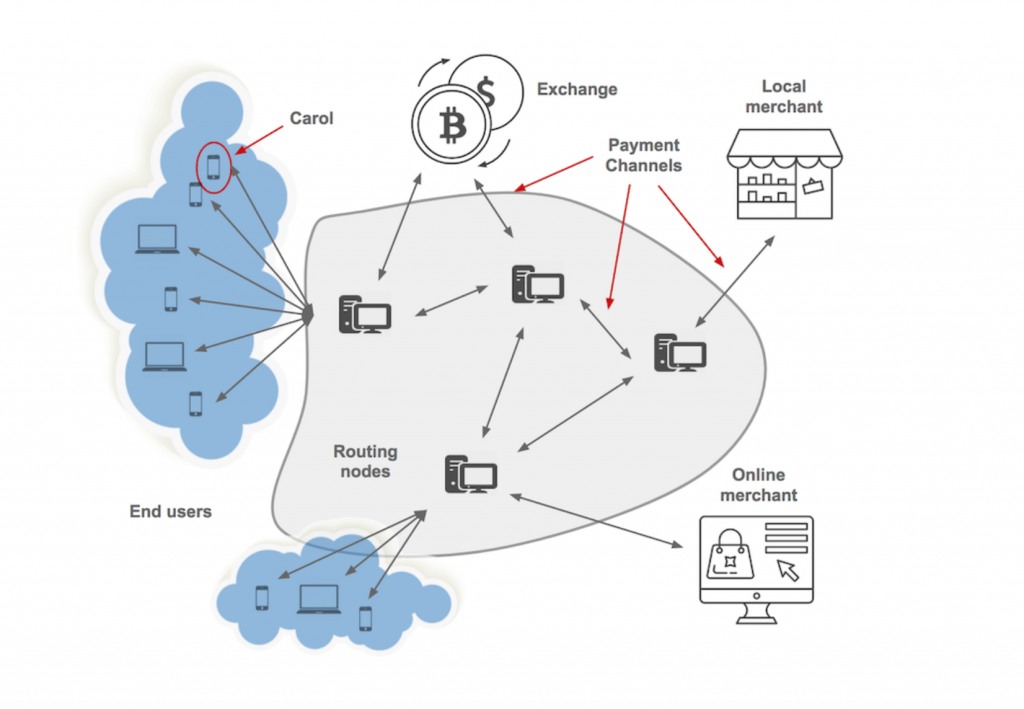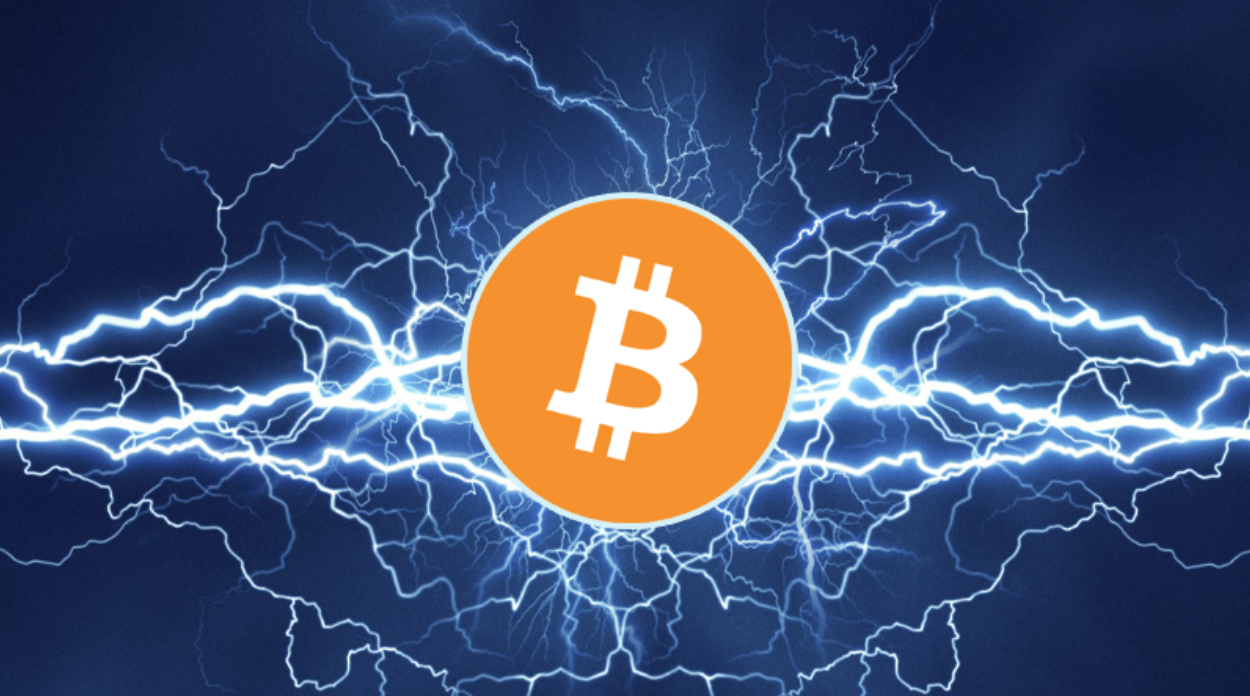Fundamentals and development of bitcoin seems to be stronger then ever.
The future of Lightning is looking bright. 😎 Watchtowers, Splicing, AMP, better bitcoin user experience. ⚡️
We wrote a primer for people to learn about how Lightning will work for the end user: https://t.co/MsuHyrE8PC
— elizabeth stark (@starkness) May 2, 2018
Here are more technical descriptions for the techno-geeks interested.
most of us dont care about the details of SMTP protocol to send emails but incase your wondering 😉

(image: https://lnmainnet.gaben.win/)
| Nodes | 1891 |
| Channels | 5909 |
looks like we are creating our own digital universe of lightning nodes, its godlike.
Payment channels –
the primary building block for Lightning is the concept of payment channels, which allow for fast, low-cost transactions that leverage the security of an underlying blockchain (bitcoin, in the case of Carol and Bloomingblocks).
Smart contracts –
within payment channels, Lightning uses a form of “smart contract”, which is a cryptographically secured promise to deliver funds. Lightning’s primary contract is the Hash Time Locked Contract (HTLC), which is enforced by the bitcoin blockchain. HTLCs allow for Lightning payments to be sent across multiple channels (a multi-hop payment). More information about payment channels and HTLCs can be found in this article.
Routing nodes –
as mentioned above, Carol connects to the Lightning Network through a set of routing nodes (by default, Autopilot will create channels with five nodes). A routing node is a computer intended to be online at all times, and that facilitates the sending of payments for other users. Bloomingblocks is also connected to the network via its own set of routing nodes. Through a process that’s analogous to finding connections between people in “Six Degrees of Separation,” Carol’s Lightning App automatically determines which nodes link her with Bloomingblocks, and Carol’s transaction is sent across that series of links. The next post in this series will provide more information about routing nodes, channel balance and the routing network.
Watchtowers –
Carol’s Lightning App uses a security system called a “watchtower”. Watchtowers provide protection in case something goes wrong with one of Carol’s payment channels while she’s disconnected from the internet for an extended period of time (multiple days). If this kind of network error happens, one of Carol’s watchtowers will automatically handle the recovery process for Carol. More details about watchtowers will be included in an upcoming blog post as well.
Splicing –
In the case that Carol would like to pay a merchant that accepts on-chain bitcoin but who isn’t yet Lightning-enabled, she can use “splicing”, which allows for an on-chain payment out of a channel without requiring that the channel itself be closed. Splicing allows for a seamless transition between on-chain and off-chain (Lightning) transactions. A future post on splicing will be forthcoming.
Atomic Multipath Payments (AMP) – AMP will also be the subject of an upcoming blog post. AMP allows large payments to be split into multiple small payments, each of which is sent via a different route through the network. The payment recipient combines all of the payments together, rejecting or accepting them as if they were a single transaction. To the user, AMPs are handled automatically behind the scenes.
Again, as an end user, Carol doesn’t need to know about any of these concepts to use Lightning, any more than an internet user needs to understand HTTP, TCP/IP, TLS, BGP and all of the other technologies that make surfing the web possible.

What are your thoughts on the developments of bitcoin?
Tweet us at @Coindaily_co and @Moneytrigz





Comments are off this post!